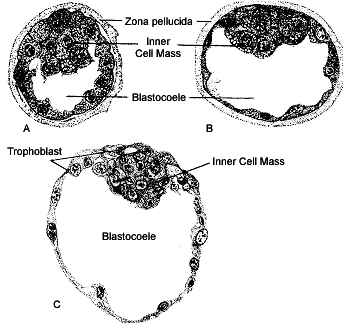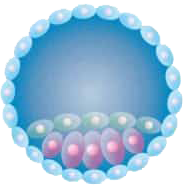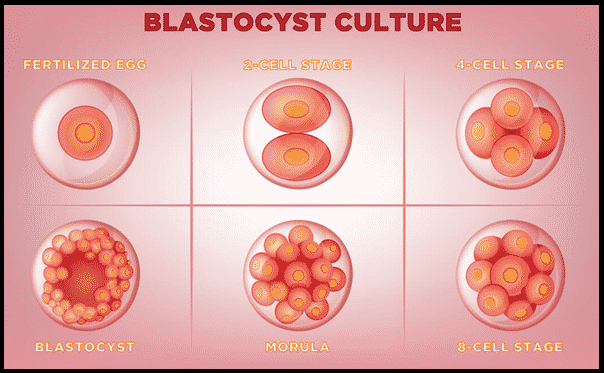- Monday - Saturday10:00 AM - 02:00 PM, 05:00 PM - 08:00 PM
- Call Now91-9462692691
- Make An Appointment

The blastocyst is a stage in the early developmentBlastocyst of mammals and humans. It consists of an outer layer of cells trophoectoderm and an inner cell mass. The outer layer contributes to the formation of placenta and the inner cell mass gives rise to the body of the embryo.
Normally the embryos formed in the laboratory are transferred to the uterus on day three, for implantation and further development. In some cases, the embryos have to be cultured up to day five-six.
Blastocyst culture is a technique developed for in vitro fertilization (IVF). This procedure intends to increase pregnancy rates while reducing the risk of multiple pregnancies by choosing the best embryo to transfer.

Blastocyst culture is a technique developed for in vitro fertilization (IVF). This procedure intends to increase pregnancy rates while reducing the risk of multiple pregnancies by choosing the best embryo to transfer.

The best fertility clinicsare nowoffering Blastocyst treatmentas regular means of improving the chances of pregnancy after a single embryo transfer. The procedure is useful for young women with multiple eggs, and has a good chance of success in IVF.
We suggest our patients to go for blastocyst culture if they had produced good quality embryos in their previous IVF cycle but had failed implantation due to different window of implantation.
This procedure is not recommended for someone who produces less than normal healthy eggs.
The success rate with blastocyst transfer is as good as in a natural conception as the embryo enters the uterine cavity at the same stage of development and implantation as normal.
Blastocyst culture is recommended in cases of previous IVF failures, and in cases of secondary infertility where the couple has one child and only desires one more child.
